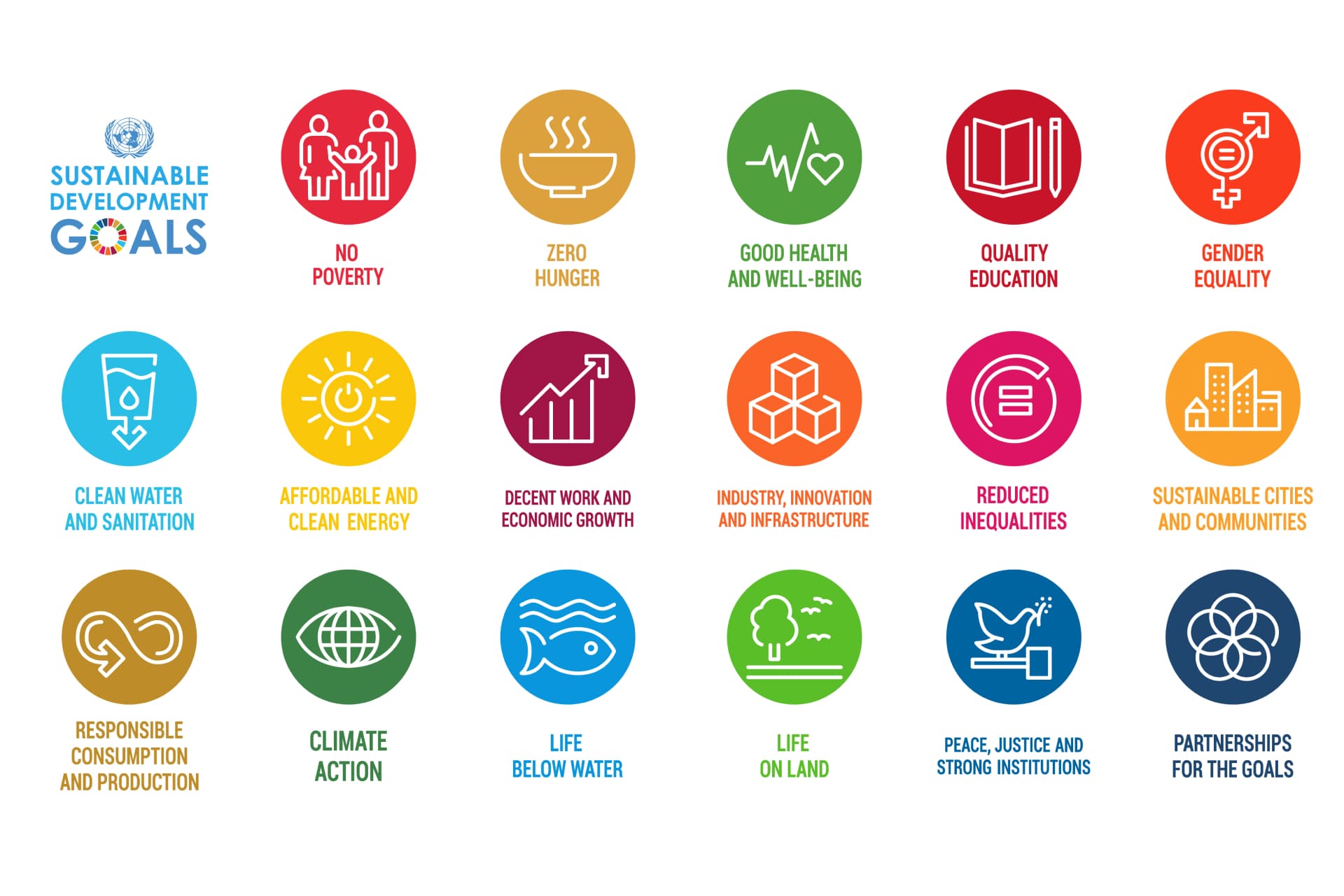How ESG can shape your company and attract investors
June 9, 2021

4 min

Improving and measuring your company’s environmental, social, and governance (ESG) is increasingly critical to investors. Find out what that means, and how to implement changes for the long haul.
What is ESG?
ESG stands for Environmental, Social, and Governance. It refers to tracking and measuring a company’s impact in all these fields, which are interconnected and vital for business performance. There is a sense of urgency and demand for sustainability (not just related to the climate crisis, but social factors as well). ESG is not just for large corporate enterprises – it is fundamental for SMEs (Small Medium Enterprises) to start now and make it a part of their identity as they grow. Anyone can create and follow an ESG framework, and make an impact with these guidelines.
Why should you care about ESG?
- Ethical Commitment. Make a positive impact on your employees, stakeholders, and the natural world.
- Regulatory Demand. Regulations will demand this in the future (2030 approximately), based on the UNs SDGs (United Nations Sustainable Development Goals), so it’s better to get a head start now.
- Investor Interest. People are changing their habits in traditional investing. Some investors may still be “finance first”, but many are now focusing on impact first – and these attractive investors will expect less returns.
- Workforce and Users. You will attract a different kind of workforce and users committed to this cause.
E is for Environmental
To measure your company’s environmental impact, you have to look closely at your product and its individual life cycle, but aside from that you can calculate general aspects to increase sustainability, and reduce your carbon footprint. Measures can be negated, eliminated, or reduced. Such factors can include:
- Energy Consumption electricity, water, heating, etc.
- Waste management/pollution amount, waste separation, compost implementation, etc.
- Travel distance, mode, and frequency, etc.
- Supply Chain Materials, shipping method, distance, impact etc.
By comparing on a monthly or yearly basis, you can find ways to improve your environmental impact. More inspiration on how to drive sustainability as a company can be found here.
S is for Social
This aspect is already factored into the concept of New Work, which considers the wellbeing of the employees, encompassing:
- Work-Life balance. Being able to work with flexibility, in terms of location or hours.
- Employee Wellbeing. Offering additional benefits or programs for mental and physical balance.
- Diversity. Promoting a range of inclusion regardless of age, gender, nationality, cultural background, etc.
Social responsibility is more difficult to measure than Environmental Impact because there are no set rules, and it varies from business to business – but ultimately you need to find what works best for your morals. Examples of what can be measured would be voluntary gender identity ratio, the balance of female employees in management, handicap accessibility of workspace or website accessibility for those with disabilities.
For further guidelines, check the UN’s SDG’s. These goals have influenced the defining factors of ESG, because it outlines what the UN wants to accomplish regarding specific environmental and social issues by 2030.

G is for Governance
This category refers to the legal standards for how a company operates, and its business ethics. It also indicates openly communicating how they operate with transparency. Using employee salaries as an example – fair wages should be ensured, without large pay gaps between management and employees. This code of ethics also means that there is a level of accountability for the company to create clear and factual information about roles and responsibilities.
What to look at for strategy development/setting parameters:
- Management approach as in strategize and prioritize material.
- Initiatives as in programs, policies, procedures to address risks and opportunities.
- Metrics, goals, targets as in use quantitative factors to track progress on set objectives, and benchmarks.
How do I get started?
The same issues don’t matter for every business, it ranges. You have to look at what you have, and consider how to reduce or change the effects of those material or scalable issues. With a salad bowl of terms out there, ESG is just another in the mix, but it’s an important ingredient for the future of business.